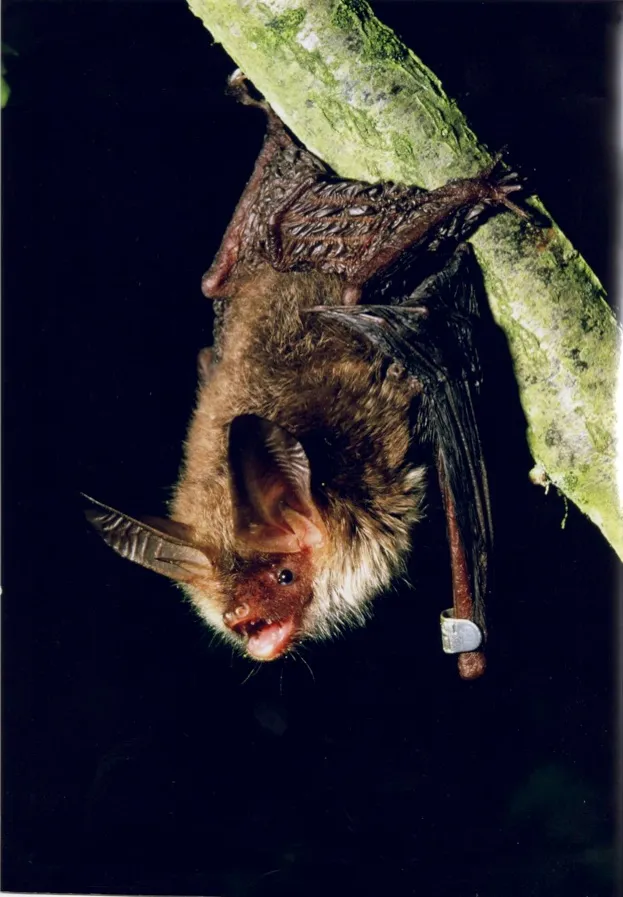A University of Exeter study has found that roads disrupt bats’ ability to reach feeding and roosting areas and highlights where protection policies are failing.
Researchers discovered more than 1000 bat fatalities were caused by collisions with cars.
“There is growing evidence that roads do constitute a disturbance to local populations of bats, both as a cause of habitat fragmentation and as a result of collisions with vehicles," said Amy Fensome, co-author of the study, which was supported by the Natural Environment Research Council.
The Habitats Directive makes it illegale to disturb a bat roost but this has not prevented the populations of rarer species, such as barbastelle, horseshoe and Bechstein’s bats, from being impacted by road fatalities.

Bechstein’s bat © Fiona Mathews
Road expansion across Europe has lead to habitat loss, degradation and fragmentation, creating a barrier between habitats to prevent the movement of bats.
Dr Fiona Mathews, associate professor of mammalian biology at the University of Exeter said her research indicates that there is “no cause for complacency” in terms of the protection offered to bats in the UK and Europe.
“Although there has been investment into ‘bat bridges’ and greater bat surveillance, these measures are often more of a box-ticking exercise than a means of offering real protection,” she added.
Bats use lots of different locations for foraging, mating, hibernating, and breeding and often move across a larger home range than other small mammals.
Fensome said, “When planning new roads or road expansions, it is essential to take into account how local populations of bats might be using the landscape and to mitigate against potential threats.
“Serious consideration must be given to ‘green bridges’, which would not only be beneficial to bats but to a range of other animals whose survival depends on a connected landscape.”